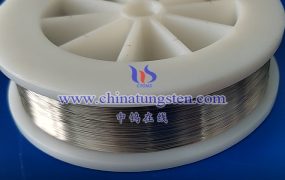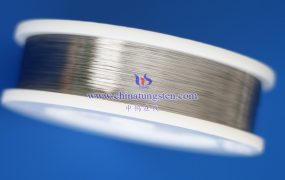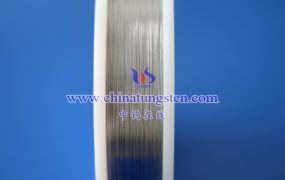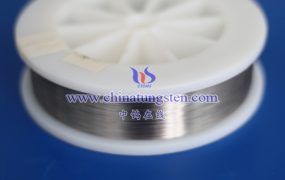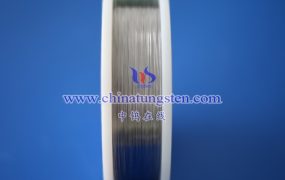The common faults of tungsten wire for halogen lamp mainly include the following:
- Filament breakage
Reason:
Overvoltage: When there is a problem with the voltage regulator of the generator, causing the voltage output of the generator to be too high, the bulb will work at too high a voltage, and the heat generated by the filament will be too large, causing the filament to fuse.
Thermal shock: When the filament is normally lit or just lit, it stretches or is in a semi-melted state due to the increase in temperature. At this time, the filament is very fragile. If it encounters a large impact, it will cause excessive deformation or even breakage of the filament.
Cold shock: In contrast to thermal shock, the filament is similar to a spring when it is not lit. It will deform after a large impact. If the impact is large, it will cause excessive deformation and excessive swing amplitude, which may cause the filament to break.
Phenomenon:
After the filament breaks, the bulb will no longer emit light.
There may be a melt ball at the break, but the position and shape of the filament may change (caused by thermal shock); or there is no melt ball at the break, and the filament generally does not deform (caused by cold shock).
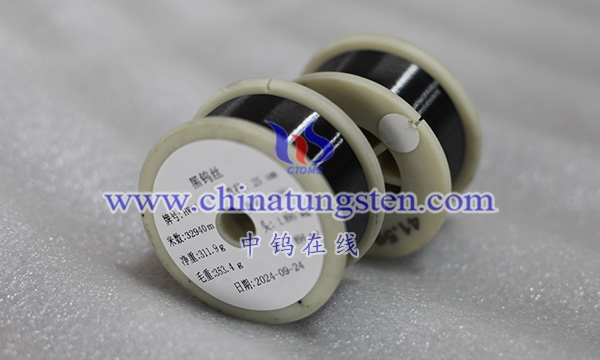
- Filament aging and deformation
Reason:
High temperature effect: The operating temperature of the tungsten wire of a halogen lamp is usually above 2000K. In this high temperature environment, the tungsten wire is affected by factors such as thermal expansion, cold contraction, and fatigue, and is prone to aging and deformation.
Electrical thermal effect: When the halogen lamp is working, the current in the tungsten wire will produce a thermal effect, causing the tungsten wire to expand or deform due to heat. In addition, since the resistance of the tungsten wire increases with the increase in temperature, a resistance thermal effect will occur when the current passes through the tungsten wire, aggravating the aging and deformation of the tungsten wire.
Oxidation and thermal volatilization: The tungsten wire in the halogen lamp is in contact with high-temperature halogen gas, which is prone to oxidation reaction. At the same time, the surface of the tungsten wire will produce thermal volatilization, causing surface structure changes and loss of mechanical strength, accelerating the aging and deformation of the tungsten wire.
Phenomenon:
Aging and deformation of tungsten wire will lead to increased resistance and reduced current, which will affect the luminous effect of the bulb, causing the light intensity to gradually decrease and light decay.
Aging and deformation of tungsten wire will also cause particle emission on the surface or internal material of the filament, causing the bulb to be polluted and affecting the lighting quality.
Deformation and aging of tungsten wire will change the working voltage of the bulb, causing the bulb to fuse instantly and affect the service life.
- Bulb burst
Reason:
The bulb is subjected to a great impact before installation, causing damage to the interlayer of the bulb. After the bulb is lit, the internal gas expands due to heat. Due to the damage to the interlayer before, it is easy to burst here.
Phenomenon:
The outer shell of the bulb is severely broken.
- Other faults
Early explosion and leakage of the bulb: During the actual working ignition process of the bulb, the sealing plate at the sealing joint explodes, causing the bulb to leak. This is usually caused by quality problems of the molybdenum foil itself, unreasonable sealing process, and impure working atmosphere in the lamp.
Inconsistent life of bulbs: This may be caused by problems in the bulb manufacturing process, inconsistent control of filament material doping, and a large tolerance range of the filament.
More details of tungsten wires, please visit website: http://tungsten.com.cn/tungsten-wires.html
Please contact CHINATUNGSTEN for inquiry and order of tungsten needles:
Email: sales@chinatungsten.com
Tel.: +86 592 5129595

